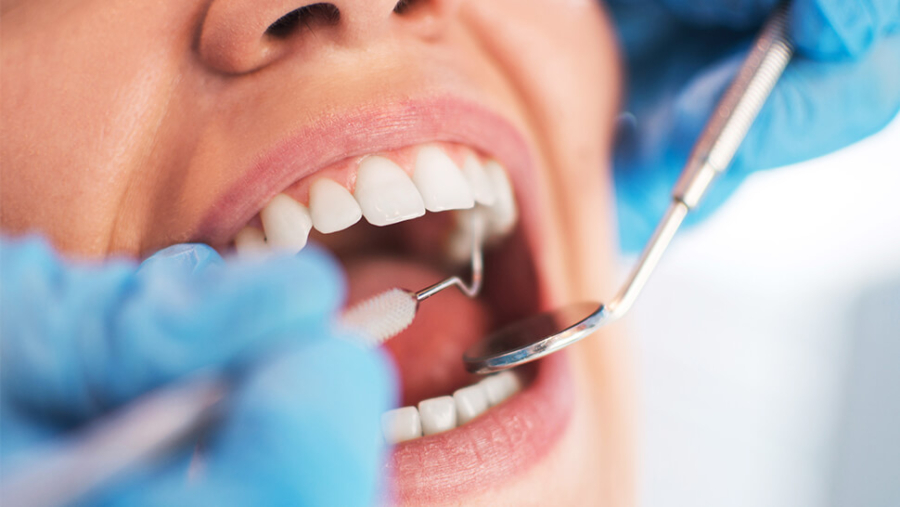
Dentists advised to act fast to tackle inaccurate CQC reports on dental practices
21st November 2018

Challenging an inaccurate CQC draft report could make a crucial difference to dentists’ practices, both in the eyes of patients and in the eyes of the CQC itself in its future dealings with practices involved. Swift action is essential to protect reputations.
The CQC claims to inspect approximately 10 per cent of dentists in England each year and publishes inspection reports which are freely available on their website, but they do not rate practices; they simply highlight whether or not the practice is meeting the standard of care which CQC would expect.
The CQC Report for a dental practice displays ticks and crosses against each of the five key criteria of inspection, namely whether the practice is:-
- Safe
- Effective
- Caring
- Responsive
- Well led
The CQC’s report after each inspection sets out its detailed findings in relation to each category and their overall judgment of the quality of the service provided. It also spells out areas where the provider could make improvements and, usually at the end of the report, sets out full details of any regulations which CQC considers the provider is not meeting.
The following are samples of breaches of regulations highlighted by recent Inspections:-
- Failure to comply with the General Data Protection Regulation (GDPR)
- Failing to identify when analysis for learning and improvement was needed following four sharps injuries over a 12 month period, only one of which had been escalated appropriately
- Failure to apply the service’s compliance audit process properly
- Failure to apply the practice’s quality assurance and audit processes properly e.g. X-ray audits were not carried out in line with recognised guidance, and infection control audits were not completed accurately to reflect areas for improvement
- An ineffective process to oversee staff training
The report will also set out any Requirement Notices issued by the CQC, setting out the actions they have told the practice to take in relation to each regulated activity where problems have been identified
Factual accuracy check
Once the CQC has carried out its internal quality checks on the inspection report, a draft is sent to the practice’s nominated person, who then has 10 working days to comment upon its factual accuracy.
The draft will include the CQC’s view on whether the five inspection categories have been met, and if the accuracy and completeness of the evidence which the CQC has used to reach its findings is successfully challenged, and changes are made, this could lead to improvements in the inspection outcomes.
Practices may submit comments about the following:-
- Typographical/numerical errors
- Information in the report that they consider to be factually incorrect – together with evidence saying why the information is not correct
- Additional information regarding the position at the time of the inspection, for completeness, that addresses an issue not discussed in the draft report but that the practice considers should be included or which the practice considers has had an impact on the conclusions reached by the CQC. Again supporting information must be provided.
The covering letter sent to the practice with the draft report will include a form for the practice to record relevant information – if the practice submits factual accuracy comments on the standard template provided, the inspector will record their reasons for accepting or rejecting each comment on the same document. But if factual accuracy comments are submitted in a different format, the rationale for accepting or not accepting each comment will be recorded separately.
If changes were made as a result of the practice objecting to the factual accuracy of the draft report, the inspector then considers if there is any impact on the judgment reached in each of the five key criteria and explains any changes that result.
The final inspection report is a publicly available document and can have significant effects, both good and bad, upon the practice’s livelihood. So it is vital that practices are able to protect their reputations and challenge inspections report finding where appropriate.
If an adverse draft report is left unchallenged, the consequences could be disastrous, as it will be presumed that the contents of the inspection report are accurate. This will be relevant if the CQC subsequently takes any enforcement action either as a result of that or a later inspection.
If you are in any doubt as to how to respond to a CQC draft report which you do not believe to be fair or accurate, we are available to provide advice and guidance.










